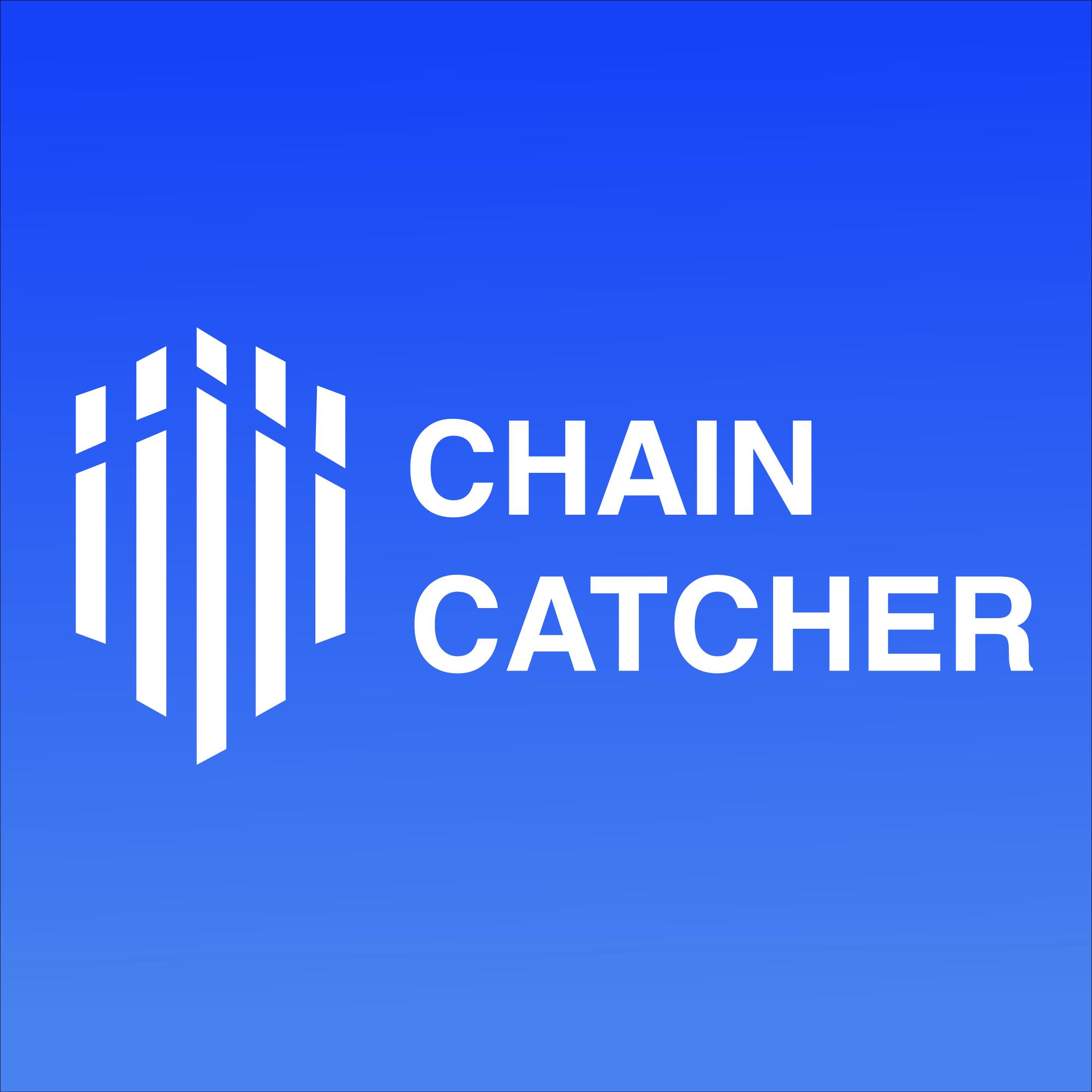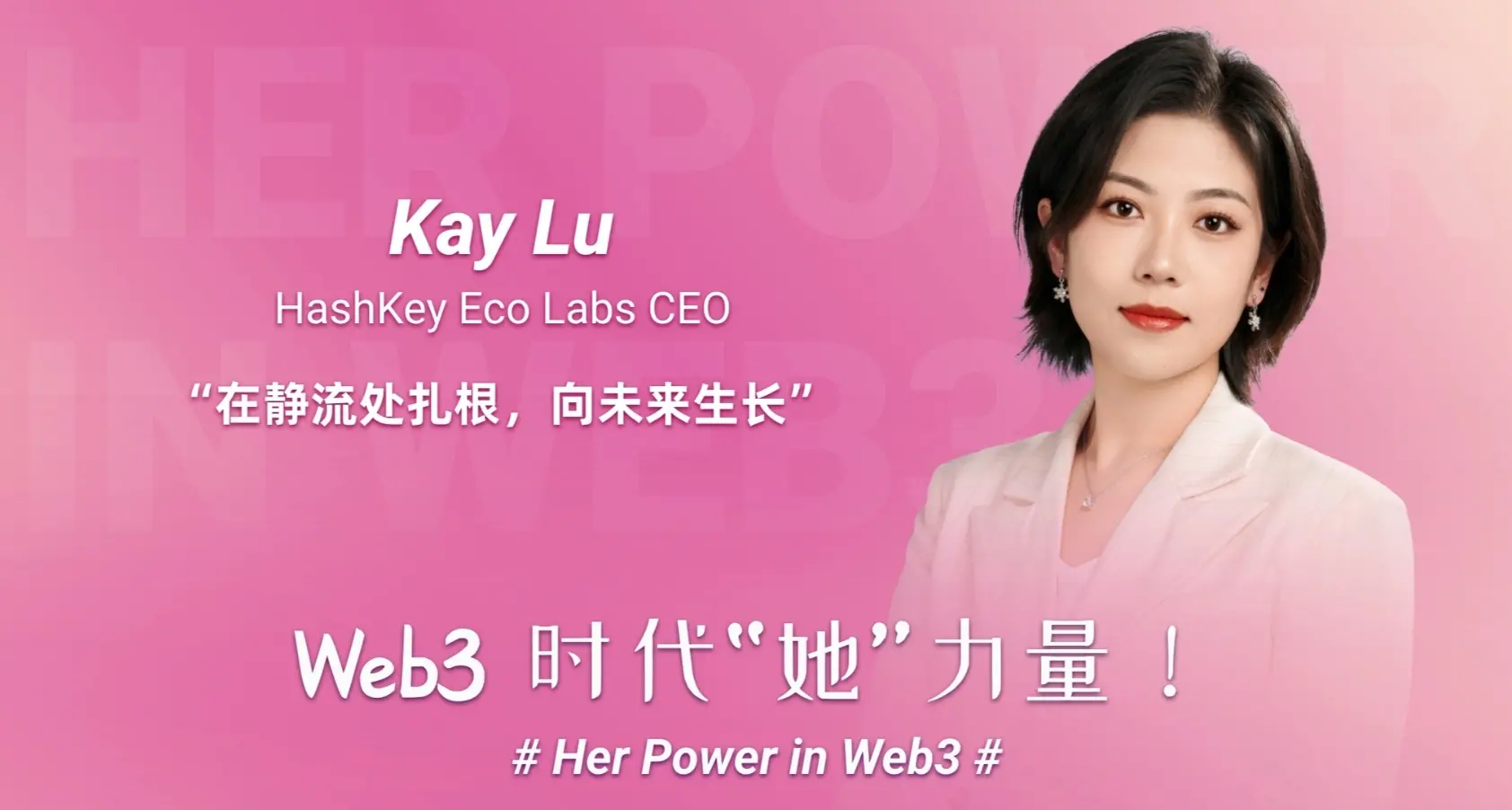The Web3.0 social track is booming, a detailed explanation of the 5Degrees solution incubated by TP Wallet and its development prospects
Last January, when Aave founder and CEO Stani Kulechov was as talkative as ever on Twitter, no one could have imagined that a seemingly casual tweet of his would become prophetic: "2021 is the maturity period for decentralized social media." At the beginning of this year, the decentralized information indexing and social application RSS3, along with the Web3.0 social media protocol Lens Protocol established by the Aave team, have gradually matured after a year of development and have entered large-scale testing phases.
Other seed players are also racing in this track: On January 26, the Etherscan blockchain explorer team Blockscan released the beta version of the Ethereum instant messaging tool Blockscan Chat, and many crypto influencers eagerly "tasted" it, sharing testing screenshots.
In addition, the decentralized social media protocol project Bluesky initiated by Twitter recently released its technical framework and conceptual ideas, and the well-known crypto wallet TokenPocket has also launched the Web3.0 social protocol 5Degrees. In no time, "social" has once again taken center stage in the crypto circle, becoming a track that everyone wants to get a piece of.
However, the aforementioned projects each have their own focus and are mostly still in development and testing stages. Before taking a closer look at each project, we might first need to understand why "Web3.0 social" has application prospects? And why is "now" its golden period?
1. The Explosion of the Web3.0 Social Track
In today's internet, every time you log into a website or application, you have to repeat a set of steps: registering an account, setting a password, adding friends, and starting from scratch to post content and socialize. Additionally, you often face the risk of having your posts deleted or your account banned.
The root cause here is that our account information is stored on independent servers of single platforms, and this data does not migrate to another platform with the user. The essence is: we do not truly "own" our data; we merely rent the right to use it from social companies and centralized entities.
The result of this issue is that our accounts are easily stolen, the information we publish is subjected to harsh scrutiny from regulatory agencies and centralized entities, and the phenomenon of "permanent account bans" occurs frequently. On the other hand, this constraint also prevents creators or KOLs on social platforms from truly "carrying" their fan relationships; every time they move to a new platform, they must go through a long process of attracting new users and growth.

Criticism of the above issues has become a consensus within the Web3.0 community and even society as a whole. Therefore, the public urgently needs better solutions to address these problems, and many teams are dedicated to building the next generation of social media.
In fact, criticism of centralized social media has existed for many years. A few years ago, the social track had already seen a wave of popularity within the crypto circle, but it ended in failure. So why does decentralized social media or Web3.0 social have application prospects "now"?
As the saying goes, Timing is crucial. Around 2016, the first wave of decentralized social media emerged in the crypto industry, but at that time, applications like DeFi and NFTs had not yet started, and there was a lack of a mature on-chain market; meanwhile, the audience within the crypto circle was limited, and most held a strong speculative mindset, leading to the star project, the on-chain content social platform Steemit, gradually losing market share due to an overflow of ineffective information.
Now, with the emergence of NFTs and the resurgence of the Web3.0 concept, crypto has unprecedentedly positioned itself at the forefront of social development. The crypto space has welcomed the largest audience in history, and media outlets like The New York Times have reported that a large number of executives and technical talents from Web2.0 companies are flocking to the crypto industry.
Currently, supported by mature on-chain markets like DeFi, NFTs, and the "metaverse," a large number of participants are actively engaging in on-chain spaces daily, and their demand for communication and display has become a "necessity."
2. The Solution of 5Degrees
Today, developers' ideas for "decentralized social" are richer and more mature than before, with projects laid out in various subfields such as information indexing, social graphs, and communication. Among them, the Web3.0 native social protocol 5Degrees Protocol, incubated by the well-known crypto wallet TokenPocket (hereinafter referred to as TP), may be the current dark horse with the most practical effects.
5Degrees is a decentralized social network protocol based on NFTs launched by TP wallet at the beginning of this year, with its official website going live in January. 5Degrees believes that the core of Web3.0 is to solve the problem of user data ownership in Web2.0, returning data ownership to users through blockchain technology, and has launched three major types of products around "on-chain user relationships."
On one hand, the 5Degrees team has integrated the 5Degrees protocol with Uniswap and PancakeSwap code, allowing users to track the trading dynamics of accounts they are interested in within a DEX version that has social features.
On the other hand, 5Degrees has also launched a "Web3.0 social bridge," connecting Web3.0 users with Web2.0 users, helping users in traditional social spaces like Twitter easily explore Web3.0. Currently, 5Degrees supports public chains such as ETH, BNB Chain (formerly BSC), and Polygon, and will soon cover more public chain users.
How does 5Degrees achieve these goals?
According to the 5Degrees white paper, the 5Degrees protocol has three main characteristics: ease of use, permissionless access, and composability. "Ease of use" refers to an intuitive and convenient user experience, "permissionless access" refers to the way the 5Degrees protocol connects with other on-chain applications, and composability means that 5Degrees is easy to integrate with other on-chain application modules like Uniswap, Opensea, and Sandbox to provide surprising application scenarios.
These three advantages are supported by a solid technical path. 5Degrees adopts the ERC-1155 standard to build the protocol. The ERC-1155 protocol standard was first proposed by Witek Radomski, CTO of the blockchain gaming application platform Enjin, in 2018. Its core concept is that a single smart contract can manage an unlimited number of different types of tokens.
The earliest NFT (non-fungible token) protocol standard was ERC-721, but it stipulated that each token creation required a separate smart contract, which was not user-friendly for applications like blockchain gaming.
After the birth of the ERC-1155 standard, it has been widely adopted, especially suitable for tokens of the type "a specific model of a certain brand." Reports indicate that currently, NFTs like the "mutant serum" airdropped by Sandbox and Bored Ape all use this standard.
Being compatible with ERC-1155 means that 5Degrees can be easily embedded into any protocol layer or business layer of Web3.0, as long as the integrated application supports the ERC-1155 standard. NFTs generated within the protocol can be traded on any NFT market, and any smart contract that requires user relationships can confirm user relationships on-chain.
Based on this protocol standard, 5Degrees will assetize users' core data to generate NFTs (that is, "Following" an address is equivalent to minting a token with that address as the ID). These NFTs can be traded on any NFT market and can be integrated with any DApp (decentralized application).
Various user entities build relationship networks by minting target NFTs, thus forming a huge, transparent, unified, and permissionless entity relationship network infrastructure.
Therefore, the user relationships provided by 5Degrees are completely stored on-chain, ensuring security and reliability.
For users, 5Degrees allows them to grasp and "carry" their social relationships on-chain; at the same time, project developers no longer need to worry about the issue of inaccessible user relationships, as they can utilize the permissionless user relationship network to realize their products.
3. Existing Products and Future Plans
The products currently launched by 5Degrees include the personal homepage product Fans3.0, Uniswap and PancakeSwap with added social modules, and the Web3.0 social bridge.
Fans3 provides a Web3.0 version of Profile similar to Facebook's personal homepage. Upon entering the page, you can choose to connect your wallet address or enter the address of an account you are interested in to intuitively view its holdings, making it extremely convenient.

Currently, the personal information that Fans3 supports displaying includes held tokens, NFTs, POAP (Proof of Attendance) badges, DeFi application usage (interacted DeFi applications and corresponding transaction volumes), as well as domain identities like ENS, DAS, and RNS. As the application of 5Degrees expands widely, it may support more information in the future.

In the Uniswap and PancakeSwap versions with added social modules, 5Degrees integrates with the open-source code of Uniswap and PancakeSwap, allowing users to intuitively track the trading dynamics of the account addresses they are interested in, and to understand their buying and selling situations in real-time.
After clicking "Connect Wallet," users can view the last 20 transactions of their account address over the past three months, as well as the dynamics of the addresses they are following. They can also browse and follow the dynamics of major players or KOLs currently on the network, with "popular follows" featuring wallet addresses with many fans.
Given the enthusiasm for tracking the wallets of major figures like Vitalik Buterin, Justin Sun, SBF, and Three Arrows Capital, this section may unleash more application potential in the future.

The Web3.0 Social Bridge serves as a portal for Web2.0 users to enter Web3.0, and also provides existing Web3.0 users with a channel to connect their Web2.0 network resources to Web3.0. "Shown in the list" supports connecting Twitter accounts with wallet addresses, and after entering a wallet address or Twitter name in the lower right corner, users can view the corresponding related information.

According to the 5Degrees official website, as the 5Degrees ecosystem continues to expand, it will soon support features like instant notifications and trending topics.
4. Competitor Comparison
Among the popular players in the current Web3.0 social space, the main ones with a focus similar to 5Degrees are Lens Protocol, RSS3, and CyberConnect.

In terms of core functionalities, all four products support Profiles (personal homepages) and on-chain social relationships. Lens Protocol and CyberConnect also have expansions in content and communication.
However, from the perspective of application prospects, having more features is not necessarily better. Although Lens Protocol additionally supports content publishing ("Post") and comments on top of basic functionalities, this expansion essentially shifts its focus to content publishing and monetization.
Thus, it leans more towards the "creator economy" (gaining ownership of creative content through holding NFTs), and its audience may primarily consist of KOLs and popular creators, rather than a broader base of ordinary Web3.0 users, potentially limiting its coverage.
The goal of 5Degrees is to become the underlying protocol for Web3.0 social, rather than being limited to a specific type of application. This way, any other DApp can connect and integrate with it:
For example, Team A could launch an on-chain version of Twitter through the 5Degrees protocol; Team B could add a friend circle module on OpenSea, allowing OpenSea users to easily see which NFTs their friends in the circle are playing with and quickly find their communities; Team C could even disrupt the existing social models of Web2.0 and create a brand new on-chain social application.
By simplifying and honing in on the most basic and core functionalities of "social," 5Degrees leverages the rapid scalability of ERC-1155 to provide a broader imaginative space for future on-chain social applications, unleashing infinite possibilities.
Moreover, from the perspective of product types and development progress, both RSS3 and Lens Protocol are still in the testing phase, with the Lens protocol currently launched on the Polygon Mumbai testnet and not yet having released a formal product. On the other hand, Lens Protocol resembles a backend provided for various social media developers rather than a fully developed, ready-to-use frontend product.
In terms of data storage, 5Degrees stores everything on-chain and provides convenient cross-chain compatibility through ERC-1155. Lens is based on Polygon storage.
Currently, RSS3 adopts a relatively centralized solution, running on servers operated by its founding team, with plans to build an Ethereum sidechain for gradual decentralized storage and verification in the future. CyberConnect's data is stored in a decentralized database protocol called Ceramic, ultimately stored on IPFS, which means it is on centralized servers of miners, raising concerns about data availability.
Composability and modularity are significant engines for driving innovation in crypto. Specifically, regarding the integration methods for DApps, both RSS3 and CyberConnect require dedicated API interfaces to integrate with various crypto applications.
Both 5Degrees and Lens offer permissionless access methods, but Lens has established its own protocol standard, requiring developers to adhere to that standard for successful integration; 5Degrees, on the other hand, is built on the ERC-1155 protocol standard, which many existing applications already use, making its technical foundation more accessible and friendly to developers.
Finally, apart from RSS3, the other three application protocols, including 5Degrees, have not yet issued tokens. Currently, 5Degrees is recruiting KOLs to join; if you have a community foundation, an active on-chain trading history, and curiosity about SocialFi applications, feel free to join and experience it! According to the official statement, KOLs will enjoy priority for airdrops, promotions, and other opportunities.
5. Conclusion
In summary, the Web3.0 social track benefits from the mature development of crypto applications and the accumulation of active users, currently being in the early stages of an explosion. The 5Degrees Protocol, incubated by TP wallet, aims to provide a convenient Follow and social experience for ordinary on-chain trading users and Web3.0 explorers with its user-friendly ERC-1155 standard and simple logic. Its openness and lightweight nature may trigger a wave of widespread application of Web3.0 social as it integrates with more protocols.










